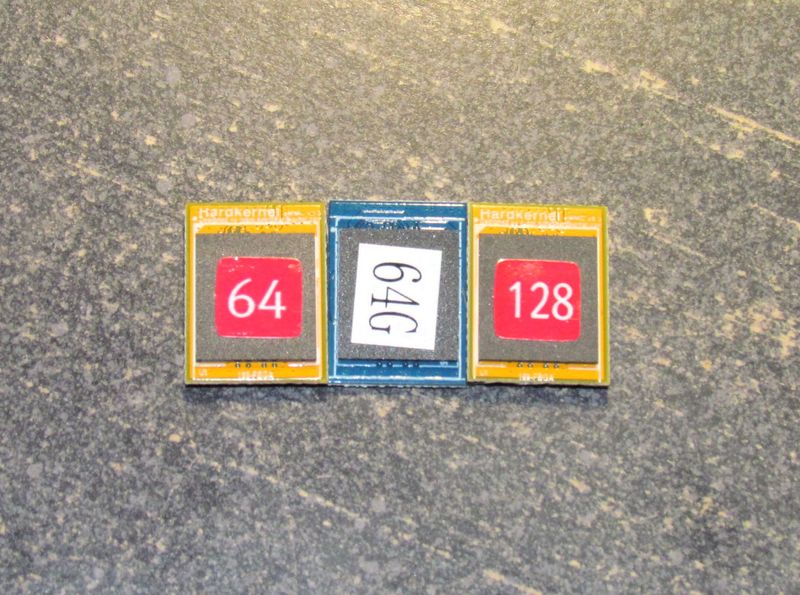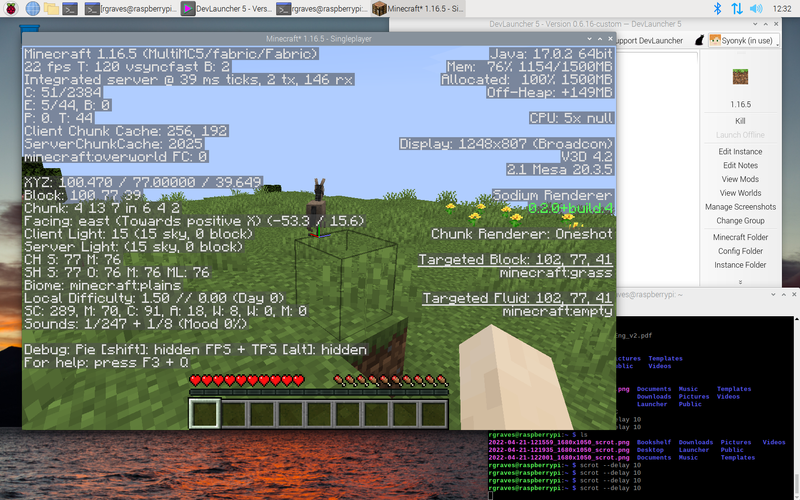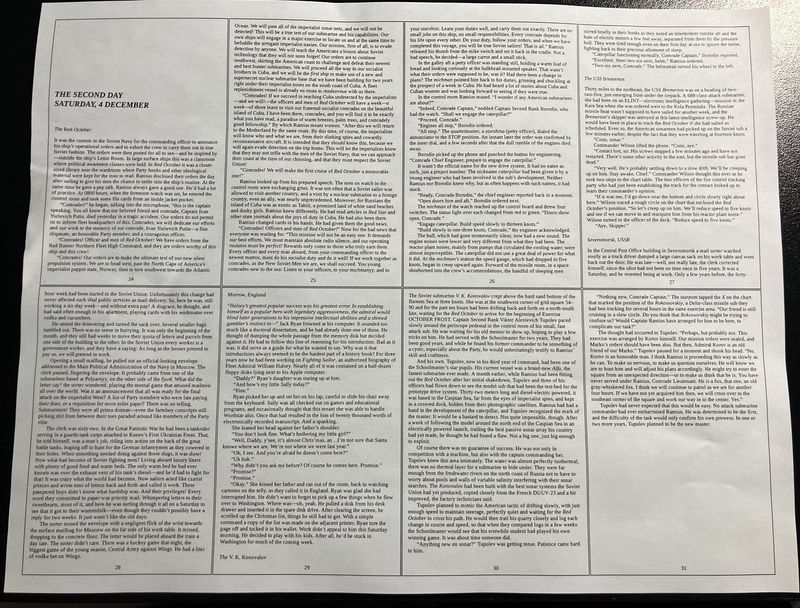My solar install has been up for long enough to start getting some good production data from it, and the results from 2021 are in: 20.8MWh produced. This somewhat exceeds my PVWatts estimate of 18.8MWh - but I’m not one to complain!
The whole “DIY Groundmount Solar” thing is working absolutely as well as hoped, and I’m working with a few other people to get more of this sort of thing installed this year.
Solar Overview
If you’re not familiar with my solar install, I spent a good chunk of 2020 building out a rather large (15.9 kW nameplate), weird looking (east-west facing panels) ground mount solar array on a corner of our property. I’ve documented the process in somewhat extensive detail if you want details, but it looks about like this:
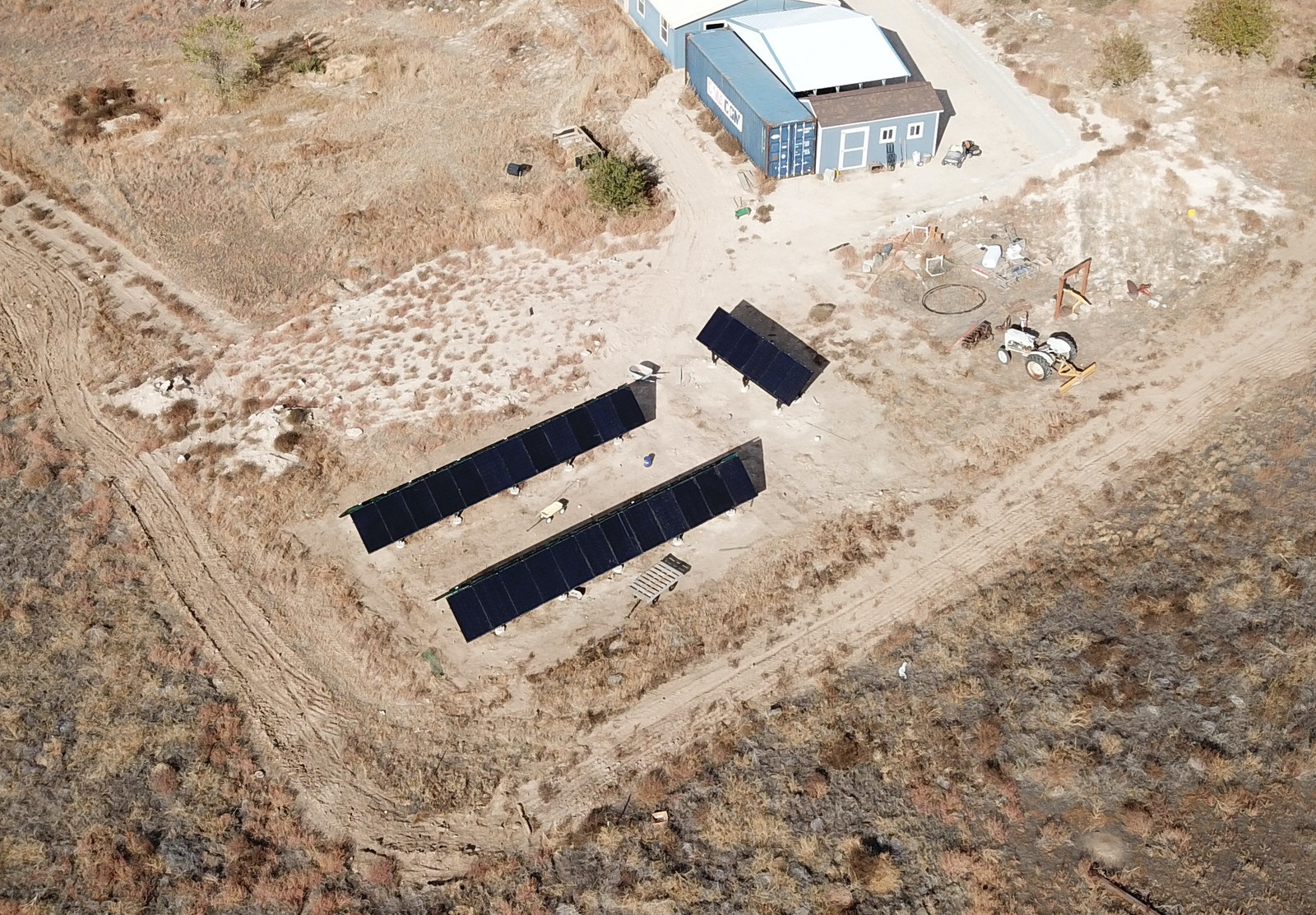
This array of panels feeds into a house-mounted 15kW of string inverters that generally peak around 70% utilization (I just don’t like power electronics running flat out unless there’s a very good reason), and then straight into the power grid (behind the meter). Because I optimistically bought panels in 2019 before some Idaho Power attempts to change net metering that the PUC swatted down, I’ve ended up with net metering (1:1 kWh for kWh) with no credit reset until about Dec 2045 - which isn’t a half bad deal! Despite that, I built my system for a post-net-metering world, in which a wider production spread is more useful than peak production, and I’ll talk about that a bit more later on.
What it works out to is that I’ve pretty much got my power bill covered for the next 25 years, I pay a bit over $60/yr for a meter and base connection, and I’m quite happy with how the system is operating!
Monthly Production Numbers
Taking a closer look at the monthly production chart, you can see the sort of yearly curve that one might expect, living up in the Northern hemisphere (and reasonably far north at that - we’re 43 degrees and a bit north). Summer has some very long days, winter has some very short and cloudy days, and the peak is, not surprisingly, on the longest days of the year.
What I didn’t expect is just how asymmetrical the graph would be - but with my office being solar powered, it shouldn’t have surprised me. The spring months of the year are rather higher production than the fall months, but it makes sense. Spring is cooler (good for production numbers - cold panels make more power than hot panels), windier (which helps cool panels), and doesn’t have wildfires everywhere - which summer and fall tend to have an awful lot of (which haze the sky and reduce production, in addition to soiling panels). With the ground mount panels, the wind can really whip in and around them, and on a cool windy day, the panels are entirely cold to the touch - they just don’t heat up. Even in the summer, a bit of a breeze will keep them far cooler than they’d be without the airflow. Roof mounted panels just don’t get this kind of cooling.
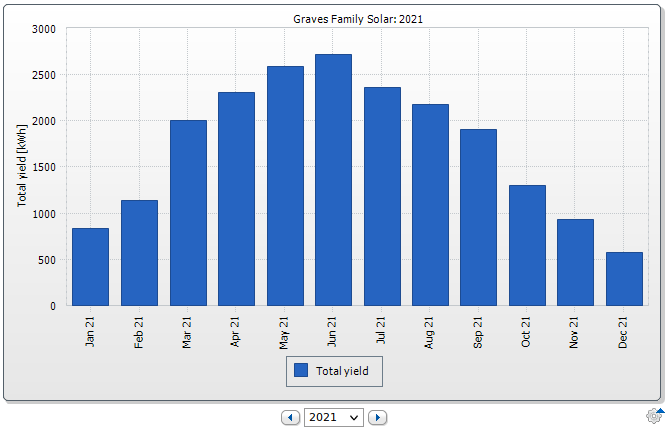
The best month was June - clear skies, windy and cool (compared to fall), long days, and solid, steady production all month long. We peaked over 100kWh generated a few days, and our worst day was still over 60kWh. This is what good sunny weather production should look like.
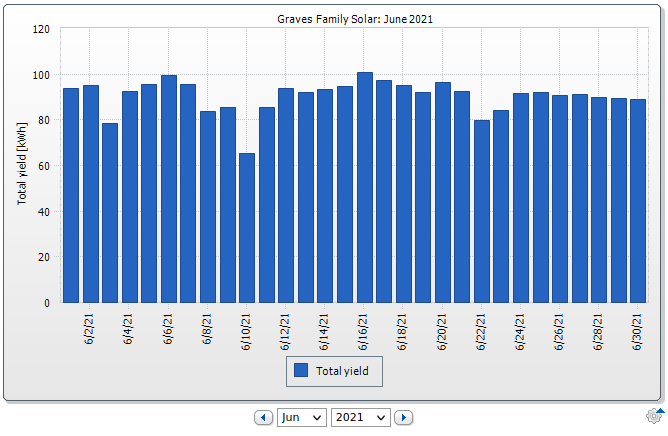
On the flip side, December was far less-good. And you can see why - production was often very low from cloudy days (note that the scale is different here too - full height is 40kWh vs 120kWh on the June chart). Such is winter. You can get the occasional good day, but they’re few and far between, and still far shorter than a summer day. Despite having a ton of panel area hanging out, I didn’t get much out of the sky in the winter. You really gain an appreciation for the insane useful dynamic range of the human eye with solar - despite almost zero production on Dec 30, your eyes work just fine, and adjust. Sure, it’s dark, but it’s not perceived as a factor of 100 darker out.
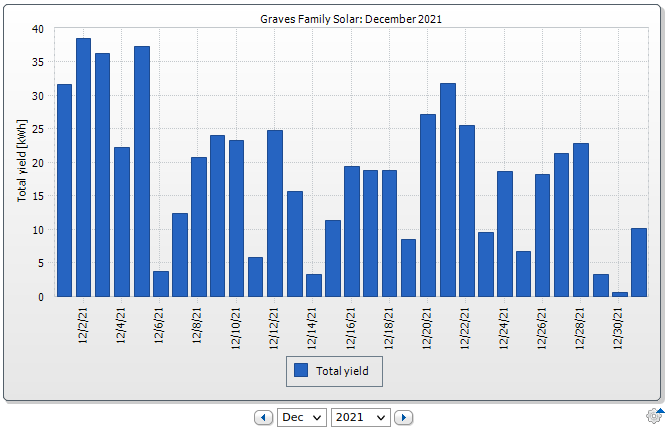
Daily Summer Curves
In the middle of summer, the arrays are happy. The goal of the east-west panels is production from sunrise in the northeast to sunset in the northwest (yes, it goes rather north of east/west during the summer) - and during the summer, I have exactly that. Right around the summer solstice, power starts coming up before 7AM, and holds on until about 9:30PM. I’m comfortably above 2kW from 8AM to about 8:30 PM - that’s over 12 hours of solid production. It does peak mid-day, but the spread is far wider over the time than it would be with south facing panels only. Conveniently, I have some south facing panels I can compare with!
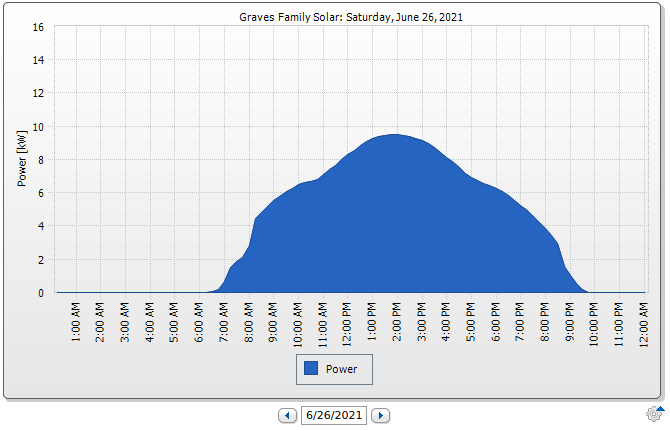
Each of my big arrays are 24 panels, and my south facing array is 6 panels. Using just their absolute power output over a day, they overlap as seen here. The “cut” in the morning is the east array shading the west array, and the cut in the evening is the opposite - the west array starts shading the east array. Known issue, but if you can avoid it, try to avoid it. You can see the south facing panel curve is lower, but, of course, it’s got fewer panels too.

Scaling by a factor of 4, this is what the south panels would be producing if I had 24 of them aimed south. It’s the “standard solar curve,” but compared to the east-west panels, you can see that it starts far later, and drops off far earlier. The low tapers in the morning/evening are when the panels are quite literally backlit, getting diffuse light from the sky. Area under the curves is actually the same during the peak summer sun! However, in the winter, the east-west panels do produce less.

Net Per-Panel Production Numbers
What’s the per-panel production for the year for each frame? I’m glad you asked!
The six south facing panels produced 2895 kWh for 2021, for a per-panel production of 482 kWh per panel, or 1.65 kWh per nameplate watt.
The east array produced 9067 kWh, 377 kWh per panel, or 1.28 kWh per nameplate watt.
The west array, similarly, produced 8877 kWh, 370 kWh per panel, or 1.25 kWh per nameplate watt.
This is ~76% of the south facing panels in terms of annual energy production. I expected the production to be lower in absolute terms, but if you look at the comparison curves, it’s a good bit more useful in “when the energy is produced” terms - and that’s what I designed the system for. I can, with a bit of load fitting, move my loads into the extended solar day of my arrays, and come out better in a post-net-metering world without having to spend the money on batteries to shift from peak solar production to when the energy is being used. I’m still producing it in the evening!
This is a big part of why I think the future isn’t south facing panels. Energy in the morning, or energy in the evening, will be far more useful to a grid than yet more energy during the mid-day demand slump.
Of course, if I’d installed single axis trackers (north/south running axles that rotate the panels from east to west, following the sun), per-panel production would be radically higher - and it would still have the long solar days in the summer. If you wonder why just about every utility scale plant has that arrangement, now you know!
Snow and Soiling
Do my panels build up snow? Yes.
Do I have to go manually remove the snow? Not often. Given a bit of warmth, or some sun, the panels heat up enough to start shedding the snow themselves. If conditions are particularly cold and sunny, they tend to build up a bit of snow along the bottom that hurts production, so I’ll walk out there with a push broom and gently move the snow. That’s more than enough to get sunlight through to the bottom, at which point the remaining ice melts off in a hurry.
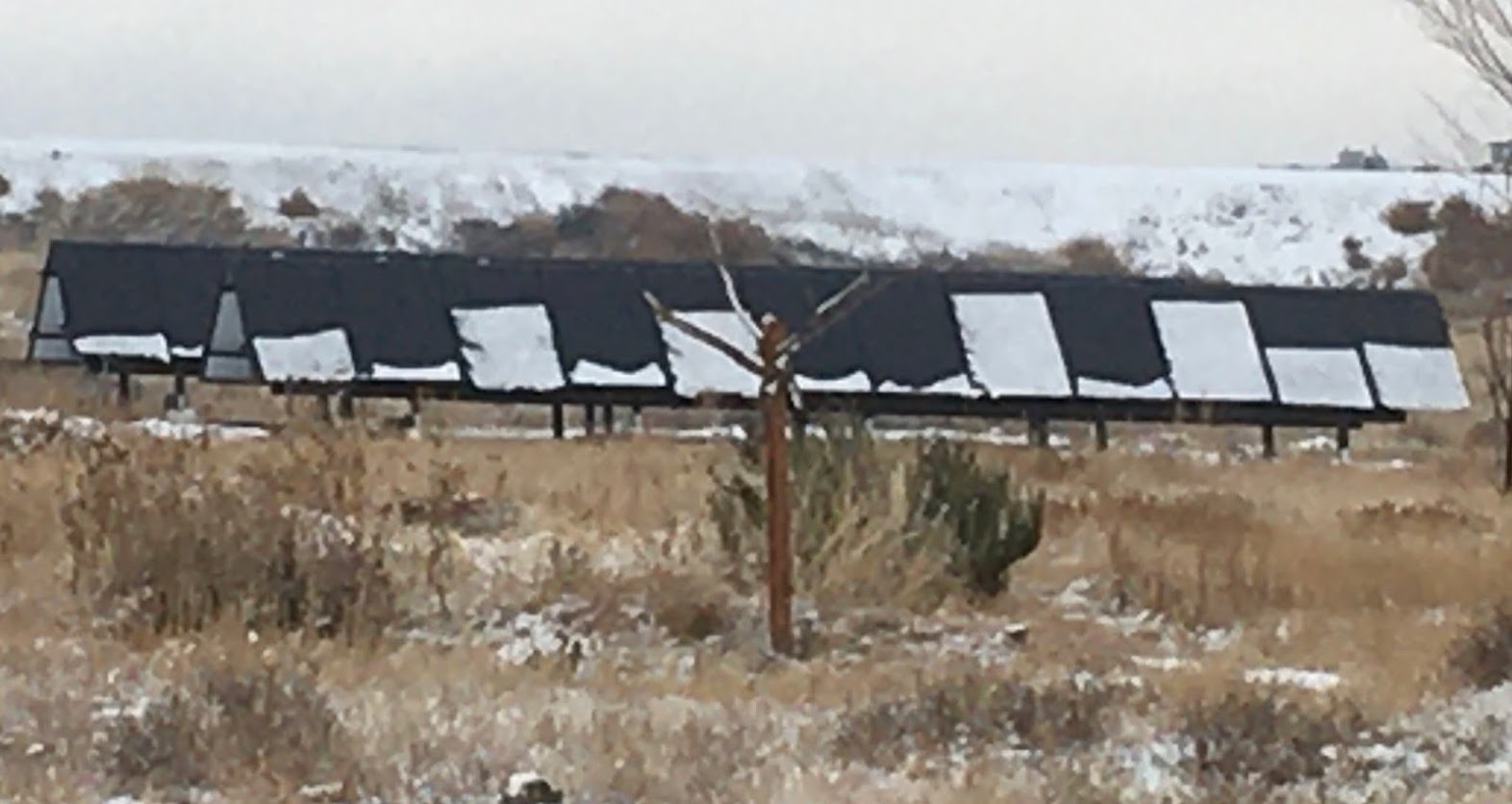
We do get quite a bit of smoke and blowing dust during the summer, though - and it builds up on the panels. After a few months with no real rain (or, worse, a mudstorm - the wind from a front lofts a bunch of dust, and then the rain comes through it and spreads it all over everything), the panels look pretty filthy. However, this just doesn’t seem to impact production by a large amount, and I’m unlikely to bother cleaning them next year.
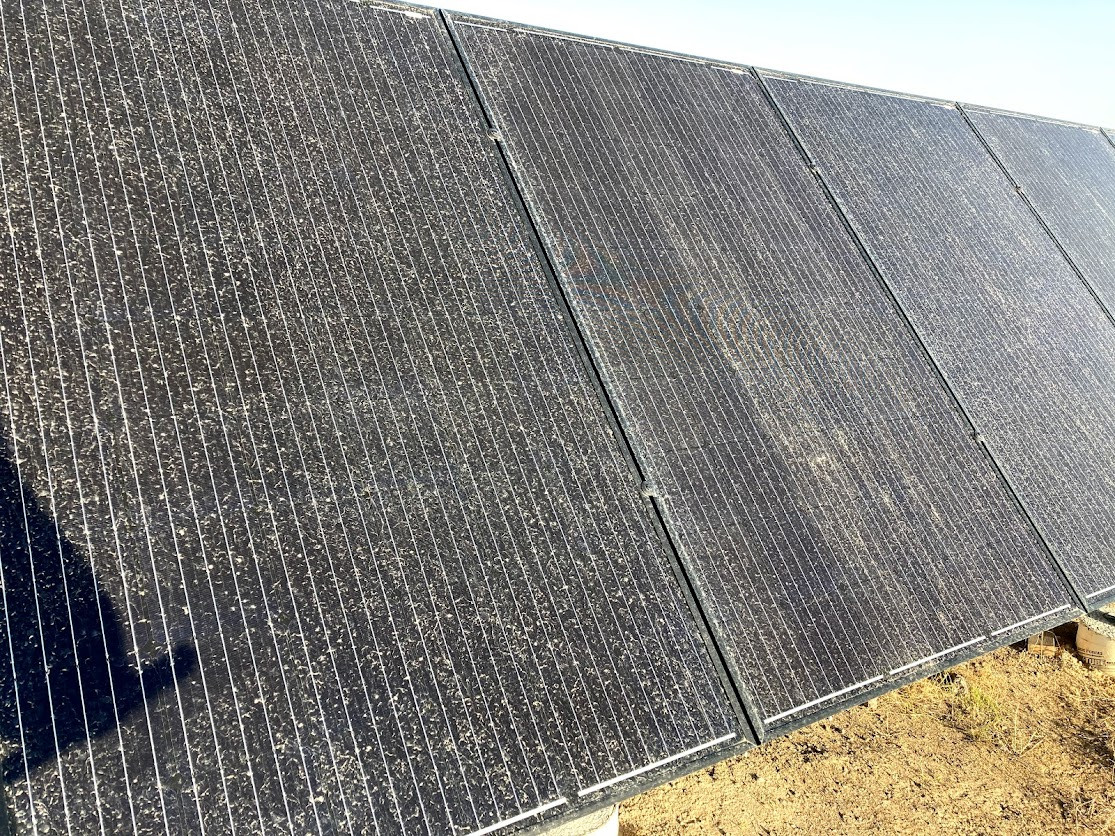
With a few panels cleaned, and a few still dirty, you can see a difference - but while some of the light is blocked, a lot more is simply scattered around a bit before it hits the panels. You can find the difference in production if you look hard enough, but I’m not sure it’s worth the effort unless I get really bored, or the panels are especially bad.
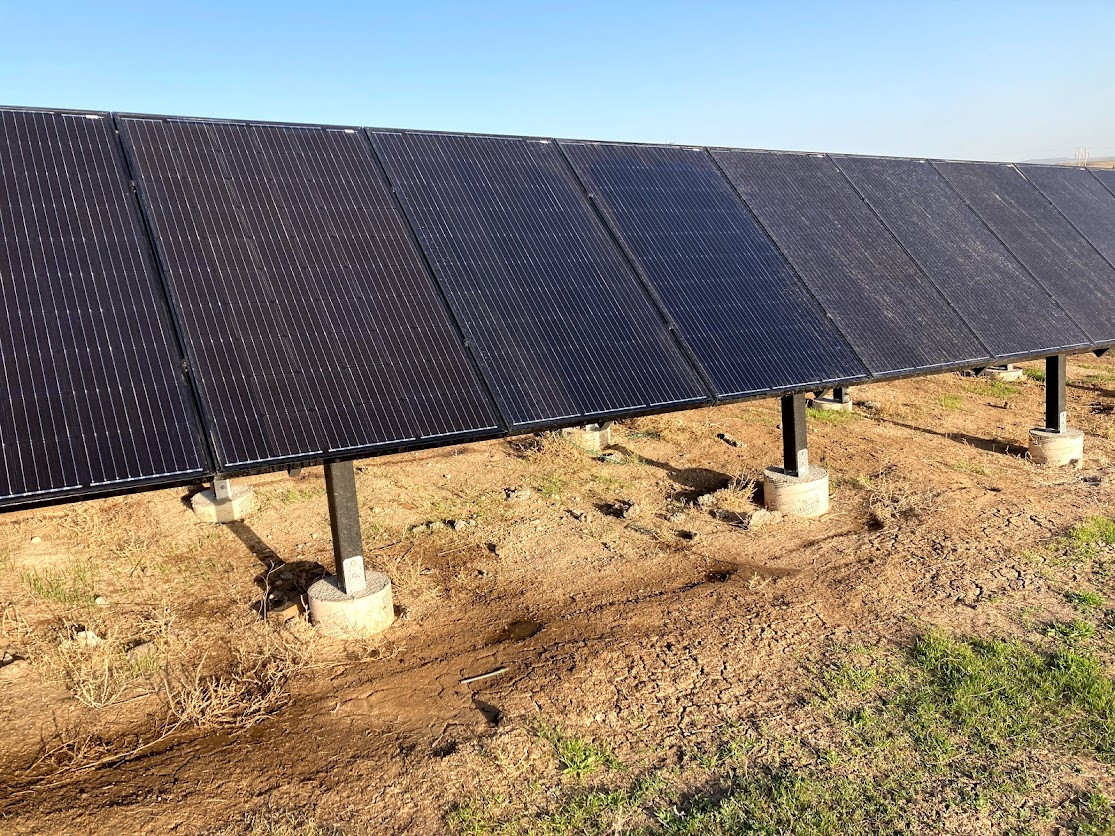
What I will do, though, is go give them a quick scrub during some fall rains. The rain will eventually clean them, and the snow does a really good job of taking the dirt with as it slides off, but using a motor home windshield wiper stick/squeegee to apply some mechanical agitation during rain does help clean them nicely - and you’re not thermally shocking them either.
Every now and then, someone hoses their panels down during a nice hot sunny day to demonstrate how radical a difference cleaning them makes. You get a huge spike in production once you’re done - but it tapers off in a hurry, because a lot of the boost is simply cooling the panels down with the water (which is likely to leave deposits as it evaporates). This is also a form of panel abuse, as they’re being subjected to some serious thermal stresses from cold hose water, while otherwise hot and in the sun. Normally, rain storms at least are polite enough to block the sun before they dump torrents of cold water on the panels.
So, don’t rush to go clean your panels if they’re a tiny bit dirty, because it probably doesn’t matter.
Solar Conclusions
Am I happy with my solar install? Absolutely! It’s over-producing estimates, and at about $1.60/W before incentives, it’s hard to beat the price. Even without net metering locked in until 2045, it makes sense, and that subsidy only helps me further.
What am I doing now? Helping other people do similar ground mounts! A few people locally are interested in the concept and how to navigate the red tape I had to deal with, and I’m happy to help them do so. We’ve made a few changes to the design that should drive net cost down even further.
Seriously, do your own solar!
Lent 2022: Wed March 2 - Thu Apr 14
I’ve traditionally tried to disconnect from the internet for Lent, it being a good time to reset, refresh, and do weird things that are still culturally tolerated at least a little bit during Lent. “Giving up X for Lent” is, if not a common thing anymore, at least something many people are aware of.
The past two years, with Covid and everything else, I’ve not done a good job disconnecting during Lent. I’ve tried, and then keeping up with reality intruded rather aggressively (stuff about “lockdowns” and “stay home orders” and such was more relevant than most news is to me). So I’ll be trying again this year, and have a bunch of stuff to drop out of my life for a while. I’ll be reachable in the usual methods for those as typically talk to me via them, but there won’t be any posts until after Easter, and I’ll likely be a bit quieter than usual on the forum as well.
I wholeheartedly suggest this sort of project for your life, as well. Figure out the minimum amount of internet connectivity you can really get away with (most people will have some connectivity required for work), put some mechanisms in place to help (perhaps using a single computer that’s substantially locked down for person access during Lent), and then just disconnect. Stop casually surfing, stop posting on forums, stop using social media, check your email once a day or so (I’ve moved back to using Thunderbird for email), turn off your wifi if you’re writing, and just disconnect.
If you still have a smartphone, go put it in some greyscale mode (instructions are easy to find), and leave it that way. It really does help. Uninstall apps. And just let the internet go flailing around in whatever direction it feels is best, and find some calm in your life instead.
I promise, by Easter, feeding the attention engine that is the internet won’t feel nearly so important. Read books instead, paint minifigs or models, just do physical things that aren’t computer related. It’s time very well spent!
Comments
Comments are handled on my Discourse forum - you'll need to create an account there to post comments.If you've found this post useful, insightful, or informative, why not support me on Ko-fi? And if you'd like to be notified of new posts (I post every two weeks), you can follow my blog via email! Of course, if you like RSS, I support that too.

